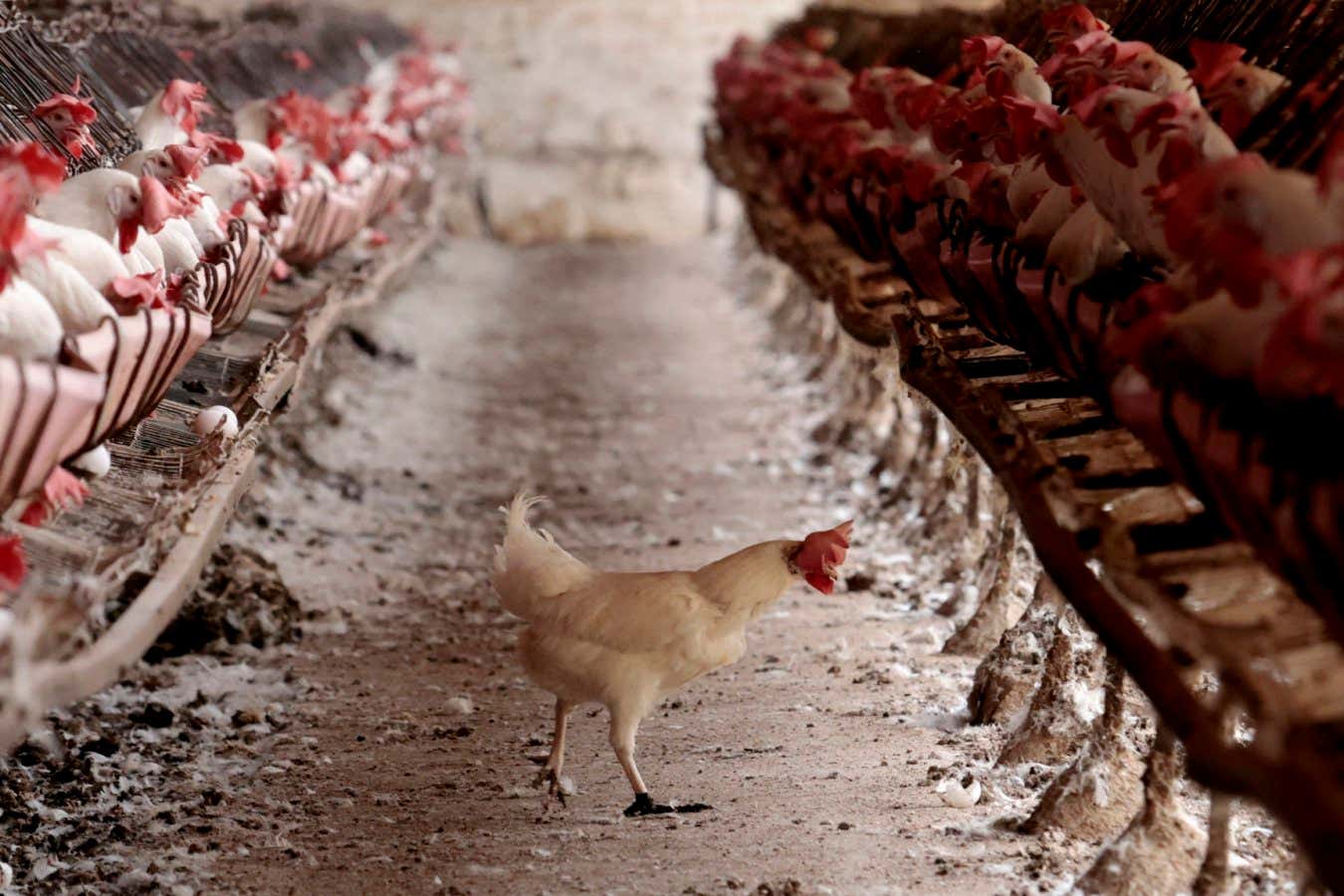The flu virus currently circulating in birds and dairy cows is already better at infecting people than earlier variants, and a single mutation would allow it to bind to key human receptors
By Michael Le Page
5 December 2024
A highly infectious strain of bird flu has been circulating worldwide since 2020
ULISES RUIZ/AFP via Getty Images
The H5N1 bird flu virus that has spread worldwide is already better at infecting people than earlier strains. What’s more, a single mutation could allow it to infect the cells lining our noses and throats, making it more likely to go airborne.
This change alone is not enough for the virus to be capable of causing a pandemic. However, if a virus with this mutation swapped genes with a human flu virus, it could acquire pandemic potential almost instantly.
Read more
How to tell if your immune system is weak or strong
Advertisement
“The more people get infected, the more likely it is that something like this could arise,” says Ian Wilson at the Scripps Research Institute in California. Despite this, Wilson thinks the risk remains low.
A particularly virulent form of H5N1 bird flu evolved in the 1990s, probably in domestic birds in China, and spread worldwide. Around 2020, a new variant of this virus emerged and spread even more widely, reaching the Americas and Antarctica. It has infected domestic poultry in large numbers and is also spreading among dairy cows in the US, causing occasional human cases.
A team led by Debby van Riel at the Erasmus University Medical Center in the Netherlands has now infected human nose and throat cells with H5N1 variants from 2005 and 2022. They have shown for the first time that the 2022 variant is better at binding to these cells and also better at replicating inside them. “It’s bad news,” says van Riel.
